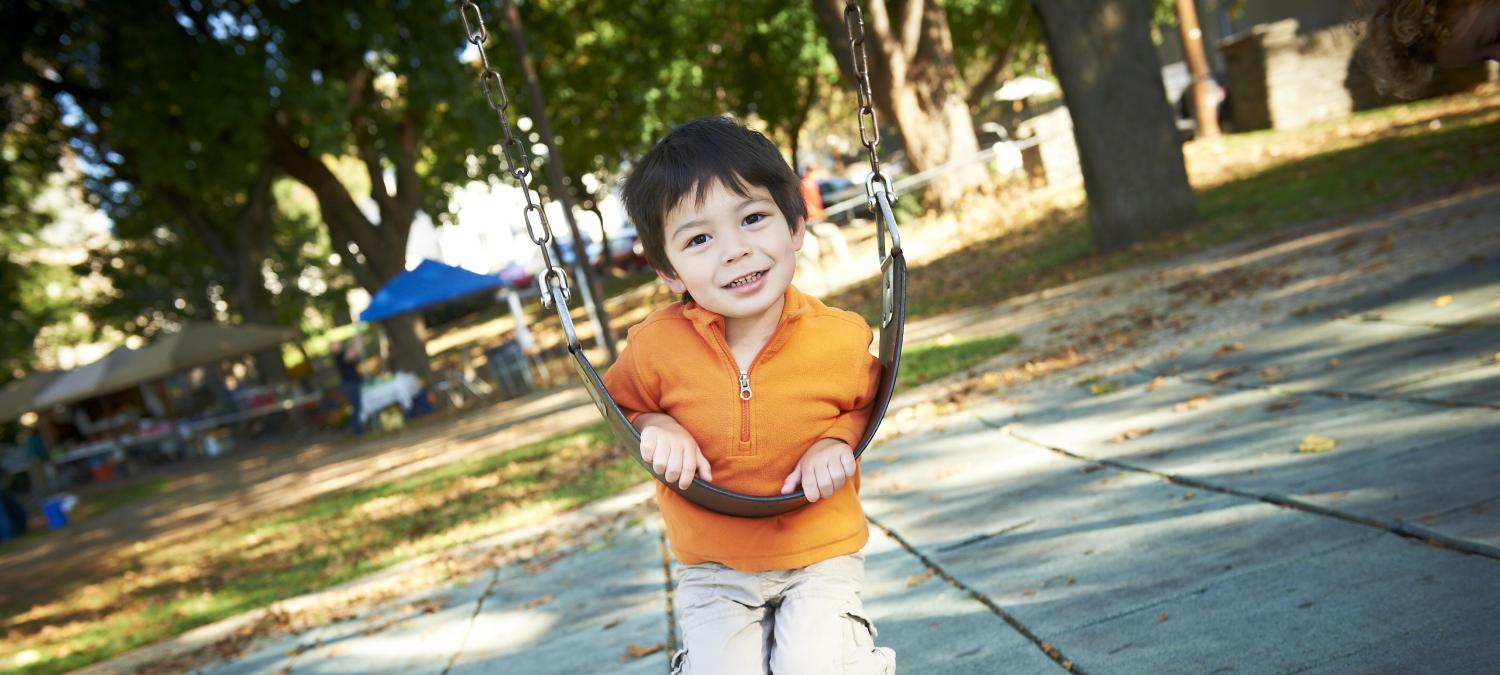

Publications
Search Tips
- Jul 2025
ObjectivesThis pilot randomized trial examined the associations between price, participation of WIC-eligible families in a produce delivery program and reported healthy eating behaviors.MethodsFifty caregivers of WIC-eligible children from an urban primary care center enrolled in an 8…
- Jul 2025
School nurses (SNs) can play important roles in supporting LGBTQ+ youth. Prior research has emphasized individual and interpersonal factors influencing SNs’ interactions with LGBTQ+ youth, showing mixed results regarding cultural competency, knowledge, and youth satisfaction. However,…
- Jul 2025
Congenital anomalies, affecting 3–5% of pregnancies annually in the United States, are a leading cause of fetal and infant mortality. Despite advancements in fetal care, disparities in care access, quality, and outcomes persist and remain poorly understood. This perspective introduces…
- Jun 2025
Purpose: To explore long-term young adult (YA) cancer survivors' experience with health insurance in a post-Affordable Care Act (ACA) era.Methods: This was a mixed-methods analysis of insurance-related data collected from a cohort of English-speaking YA (currently age 18-39 years)…
- Jun 2025
Importance National continuous Medicaid eligibility under the Families First Coronavirus Response Act (FFCRA) may have differentially affected children’s health care depending on whether states had preexisting 12-month continuous Medicaid eligibility for children.Objective…
- Jun 2025
BACKGROUND AND OBJECTIVEAdultification is the process by which children, particularly Black girls, are perceived and treated as more mature or adult-like than their peers, often resulting in the denial of their childhood experiences and the imposition of adult expectations. This study…
- May 2025
Children’s early years are a vital period of development. Access to health care in early childhood is especially important given the critical need for vaccinations and developmental screenings during this period. Health care coverage is closely tied to health care access. Yet, children…
- May 2025
PolicyLab responded to a request for comment from the Pennsylvania Bureau of WIC on the 2026 WIC State Plan of Program Operation and Administration.In their response, PolicyLab experts offered recommendations to help increase uptake rates in Pennsylvania’s WIC program and to lower…
- May 2025
Adolescence, marked by rapid growth and development, is a critically important life stage for health and well-being. The health and well-being youth experience during this period have a lasting impact, shaping an individual’s overall health into adulthood. Members of our …
- May 2025
Background and objectives: New regulations require hospitals to screen patients for health-related social needs (HRSNs). Neighborhood indices, like the Child Opportunity Index (COI), may help identify families at risk of experiencing HRSNs and inform targeting of health system…